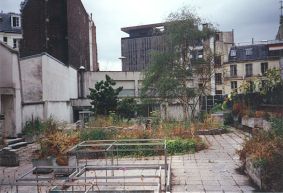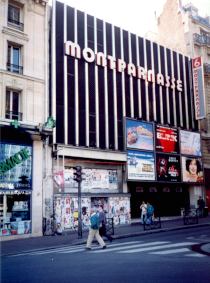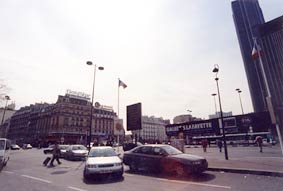
In the South of Paris, in the shadow of the "Tour Montparnasse", the fourteenth arrondissement is a major movie theater area. Most theaters are located in the Montparnasse and the Alésia areas.
Traditional theaters and a multiplex can be found there. In Montparnasse, most of the moviegoers are senior citizens in the afternoon and teenagers from the high schools nearby; in Alésia, the audience is local or comes from the towns South of Paris.
The Miramar
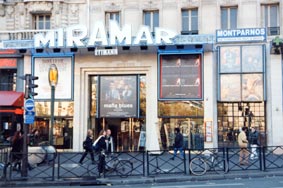
The beautiful front of the Miramar can be seen when exiting the subway station. This three-screen complex is part of the Rytman chain, very important in the area. The two largest auditoriums were created from the division of the former 1000-seat auditorium. Like the other Rytman theaters in Montparnasse, the auditoriums had a clock on a wall (so that viewers wouldn't miss their trains?), and the constant clicking every minute bothered the audience; the clocks were removed in the late 80s.
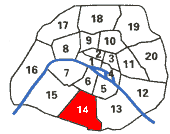


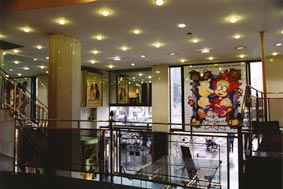










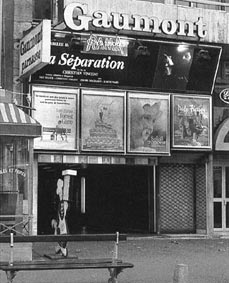

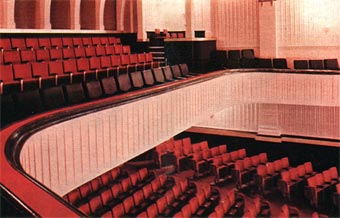
 In 1974, a five-screen movie theater replaced the old auditorium.
In 1974, a five-screen movie theater replaced the old auditorium.

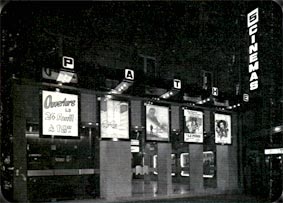 Left, the entrance boulevard du Montparnasse
Left, the entrance boulevard du Montparnasse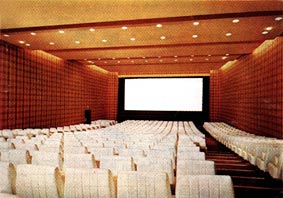
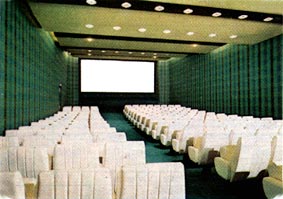

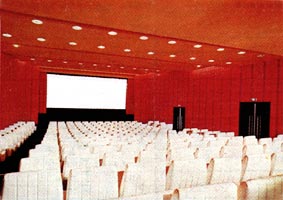
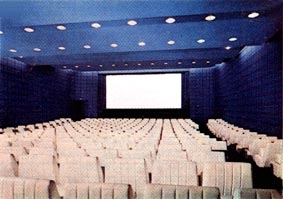
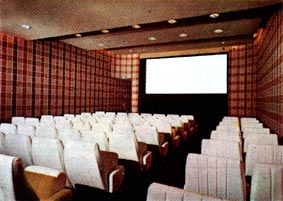 Located behind theater 1, theater 5, with its 15ft screen and its 100 seats, was not very remarkable.
Located behind theater 1, theater 5, with its 15ft screen and its 100 seats, was not very remarkable.



